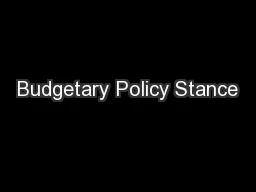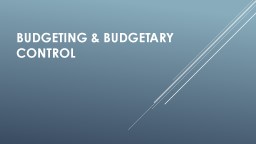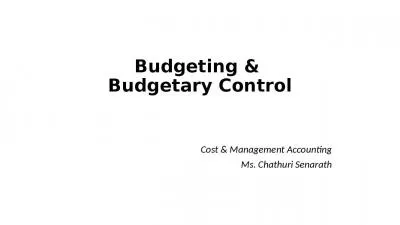PPT-Budgetary Policy Stance
Author : jane-oiler | Published Date : 2016-02-25
Expansionary budgetary policy is designed to stimulate or expand economic activity during a downturn or recession and is usually associated with a deficit or bigger
Presentation Embed Code
Download Presentation
Download Presentation The PPT/PDF document "Budgetary Policy Stance" is the property of its rightful owner. Permission is granted to download and print the materials on this website for personal, non-commercial use only, and to display it on your personal computer provided you do not modify the materials and that you retain all copyright notices contained in the materials. By downloading content from our website, you accept the terms of this agreement.
Budgetary Policy Stance: Transcript
Download Rules Of Document
"Budgetary Policy Stance"The content belongs to its owner. You may download and print it for personal use, without modification, and keep all copyright notices. By downloading, you agree to these terms.
Related Documents














